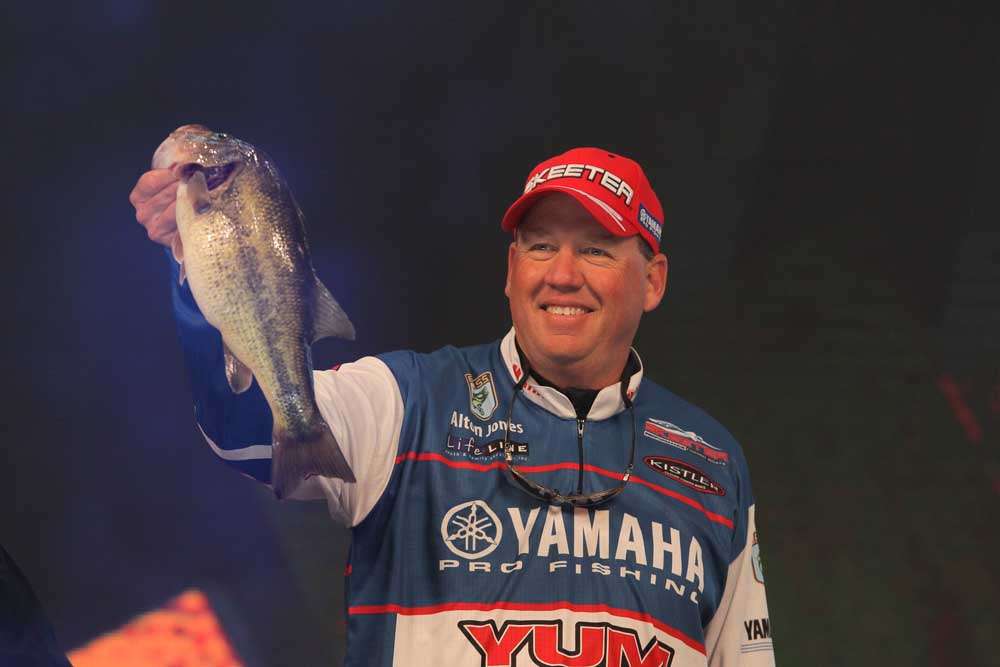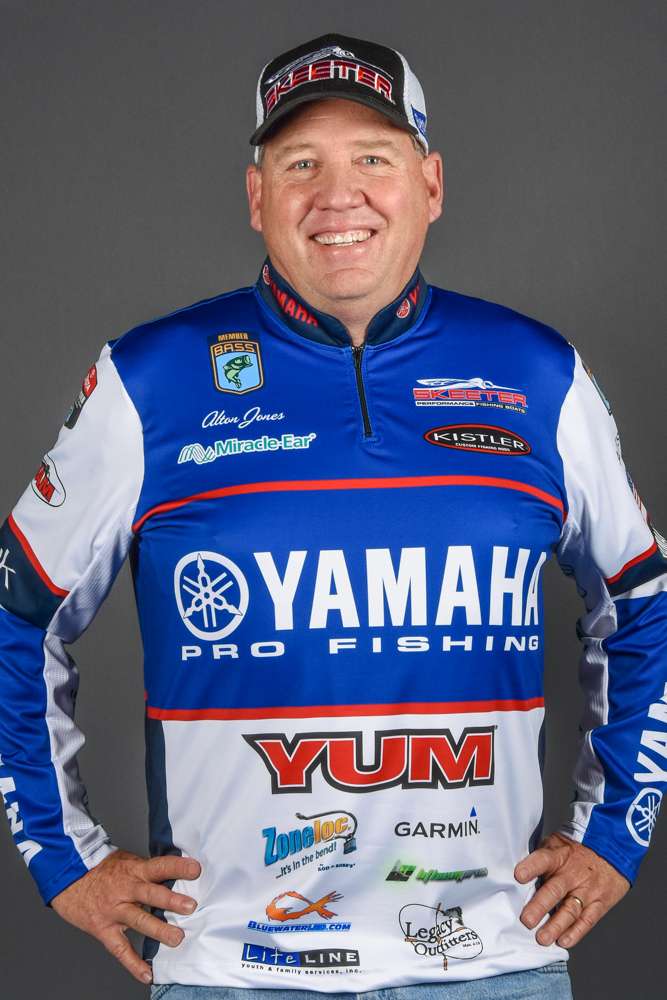
Q: HOW DO I GET MORE OUT OF MY SPRING FISHING?
In the spring, when the bass are preparing to spawn, spawning or just coming off the beds, every angler is excited to be on the water and have the prospect of a great day or a giant bass. Unfortunately, it doesn’t happen for a lot of anglers because they overlook some small but vitally important details.
Here are some of the things you need to pay attention to if you want to get more out of your spring bass fishing.
Stealth
When the bass are shallow, you can often see them. That usually means they can see you, too. Whenever that’s a possibility, you need to prepare for it and be as stealthy as you can.
Stealth starts at home, when you’re getting dressed to go out on the water. In Bassmaster Elite Series tournaments, you usually see me in my tournament jersey, representing my sponsors, but if I’m sight fishing or in a situation where the bass might see me, I’ll take the tournament jersey off or cover it with something camouflage or in muted colors that will break up my image.
Another thing I try to do is to hide behind something whenever I can. When I won the Elite event on the St. Johns River in 2012, I used holes in the eelgrass as a shield to keep the bass from seeing me. By leading the big females to the edge of the hole closest to me, it blocked their view and allowed me to present a bait without being seen.
Treat the bass like you would deer on a hunting trip. Do what you can to avoid being seen. When that’s not possible, keep your motions to a minimum and use whatever cover you can to break up your silhouette. If you can see the bass without being seen, you have a big advantage.
No such thing as too shallow
Never underestimate just how shallow a bass can and will go in the spring. I often tell other anglers that if they’re not catching them shallow, they may not be fishing shallow enough.
As long as a bass has enough water to cover her back, she’s deep enough at certain times of the year. I’ve even seen and caught bass that had their dorsal fins out of the water part of the time. Talk about sight fishing? That was it!
And while bass can go shallow under almost any circumstances in spring, when the water’s dirty, you should start your search extremely shallow. A good rule of thumb is the dirtier the water, the shallower you need to fish.
Lighter is better
In the spring, I use the lightest weights on my soft plastics that I possibly can. There are several reasons for this, but two of the biggest are rate of fall and quietness of entry.
There are certainly times when you want a fast fall with your soft plastics, but that’s not usually best in the spring. I prefer a slower fall that the bass can see and come over to inspect. It seems to generate more bites. Also, the lighter the weight you use, the less splash and disturbance your bait makes when it enters the water. That’s crucial when the bass are shallow and often skittish.
It’s true that conditions may require you to use a heavier weight — high winds or heavy current are the two such scenarios — but use the lightest weight you can get away with and you’ll catch more spring bass.





